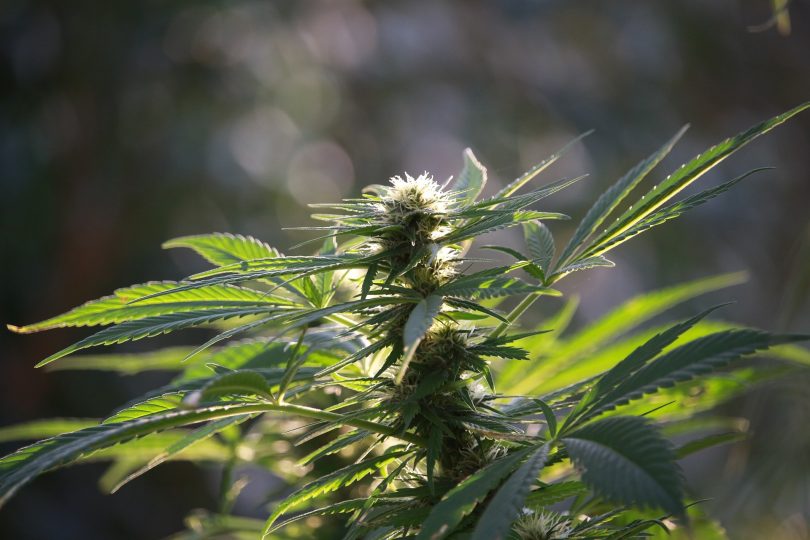It’s essential to understand that the term Cannabis refers to a genus of plants. [1] Though there are claims that hemp is another species of Cannabis, that is anything but true. “Hemp” is merely used to identify a cannabis plant that contains less than 0.3% total tetrahydrocannabinol (THC) by dry weight. [1]
All cannabis plants produce phytocannabinoids such as cannabidiol (CBD). [2] That said, CBD properties are identical no matter whether it’s extracted from cannabis or hemp. [2]
The main reason much of our CBD comes from hemp is due to legal issues. Recreational cannabis is only legal in 11 U.S. states whereas medical cannabis is legal in 33 states. Since hemp was legalized on a federal level under the 2018 Farm Bill, there are fewer regulations surrounding its cultivation.
Cannabis-derived CBD exists in states where cannabis has been legalized, whether for adult-use or medicinal purposes. However, the legality of this CBD varies from state to state and highly depends on their laws and regulations. Since hemp-derived CBD is legal throughout the country, hemp may be the more optimal source.
Of course, this isn’t to say all hemp legally grown is safe for consumption. Cannabis sativa is a bio-accumulator, which means it can absorb toxic substances from nearby soil. If hemp is grown under non-organic conditions, it may contain contaminants such as heavy metals or pesticides. [3]
Due to these safety concerns, it’s important that products have certificates of analysis. These are third-party lab reports that summarize several aspects of the product, such as the presence of contaminants and cannabinoid/terpene concentrations.
Though CBD’s chemical structure is identical no matter which plant it’s extracted from, the amount of CBD extracted from specific cannabis cultivars may be more than what can be removed from hemp. Traditionally, industrial hemp has been grown for its fiber, and not augmented resin production, however, modern hemp farmers are becoming more interested in boosting trichome production, and therefore, cannabinoids and terpenes.
Cannabis/hemp resin contains significantly more CBD than anywhere else on the plant, and THC-rich cannabis usually produces more of this resin. However, in order to curb industrial hemp’s comparative lack of CBD, certain hemp cultivars have been developed to produce CBD-rich crops.
Hemp-derived extract (esp. fiber type) may have a narrower profile of cannabinoids and terpenes. [4] Cannabis, on the other hand, generally produces a wide variety of these molecules, all of which can enhance physiological benefits. Of course, this comes at the risk of having a CBD product that’s higher than 0.3% in THC. For the year 2018, Grand View Research reported that the majority of CBD was still extracted from THC-rich cannabis, but hemp was expected to drive CBD’s growth through the year 2025.

